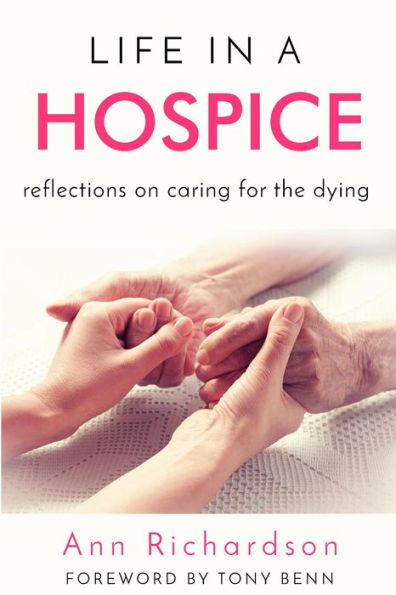You've heard of hospice care, but you prefer not to think about it. Dying is such an uncomfortable topic, we all avoid it. In ignorance, we fear the worst.
This book will change your whole view. Taking you behind the scenes of end-of-life care, you will see the enormous efforts of nurses, doctors, chaplains and others – even a thoughtful cook – to provide the calm that we all hope for.
Perhaps you are looking for end-of-life care for someone you love. Perhaps you are wondering if this is the job for you. Or you just feel like being inspired by humanity at its best. This book will be for you.
HIGHLY COMMENDED by the British Medical Association, 2008
"An easy-to-read book, which will surprise many readers with its lightness of touch, humanity and refreshing tone. I would recommend it to anyone who has worries about their own or a relative's care at the end of life." BMA Medical Book Competition
"The simple reflections on complex areas of care resonate long after you have finished reading the book." Royal College of Nursing



